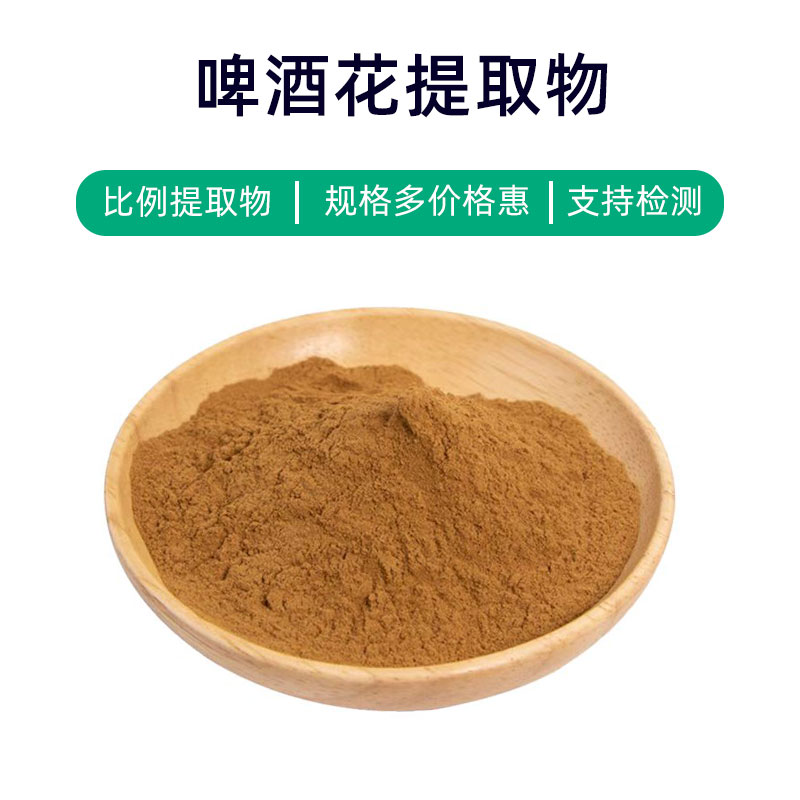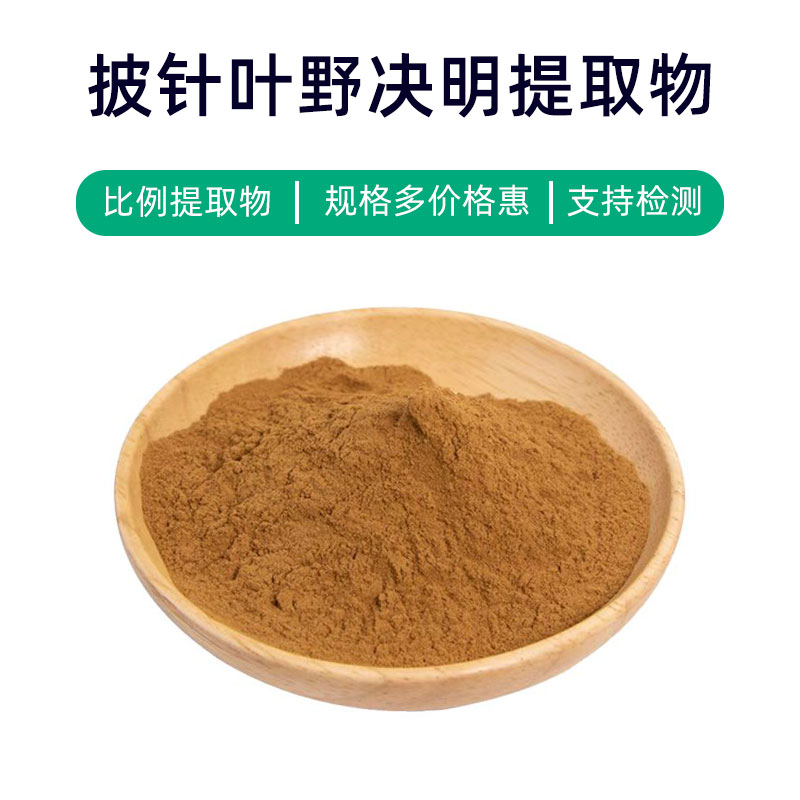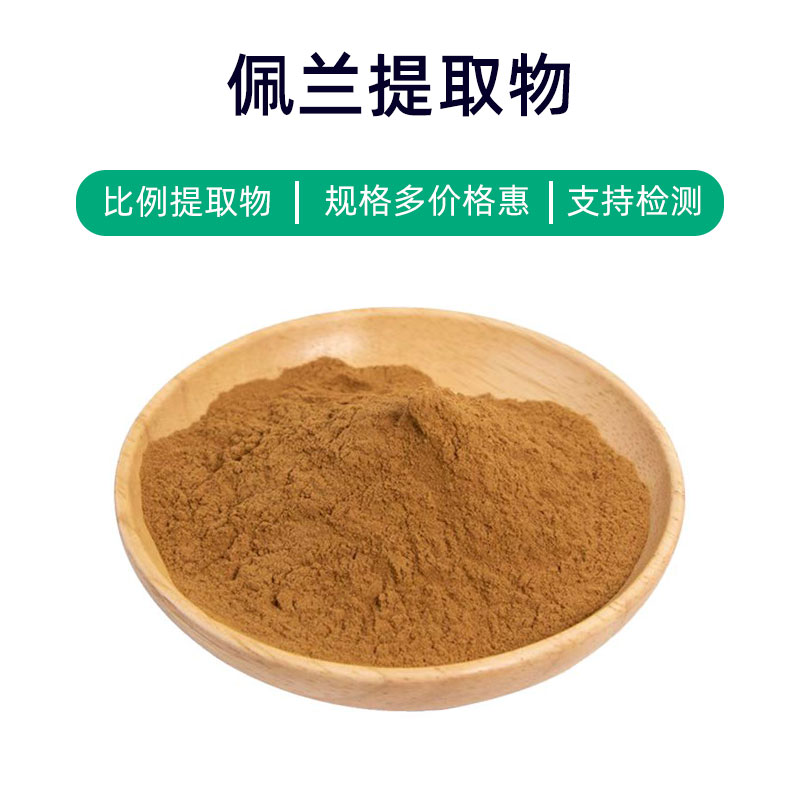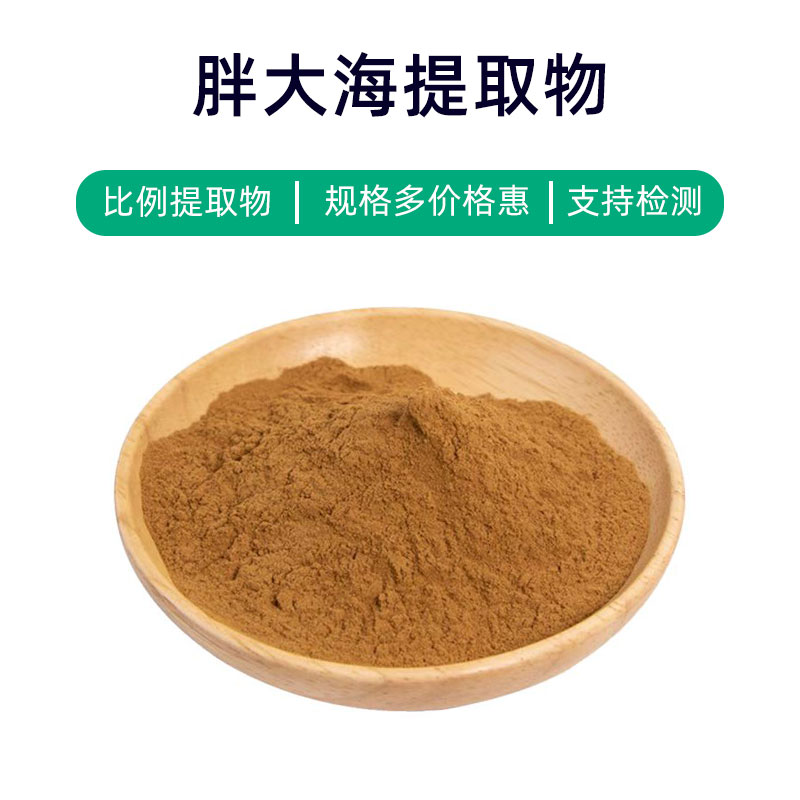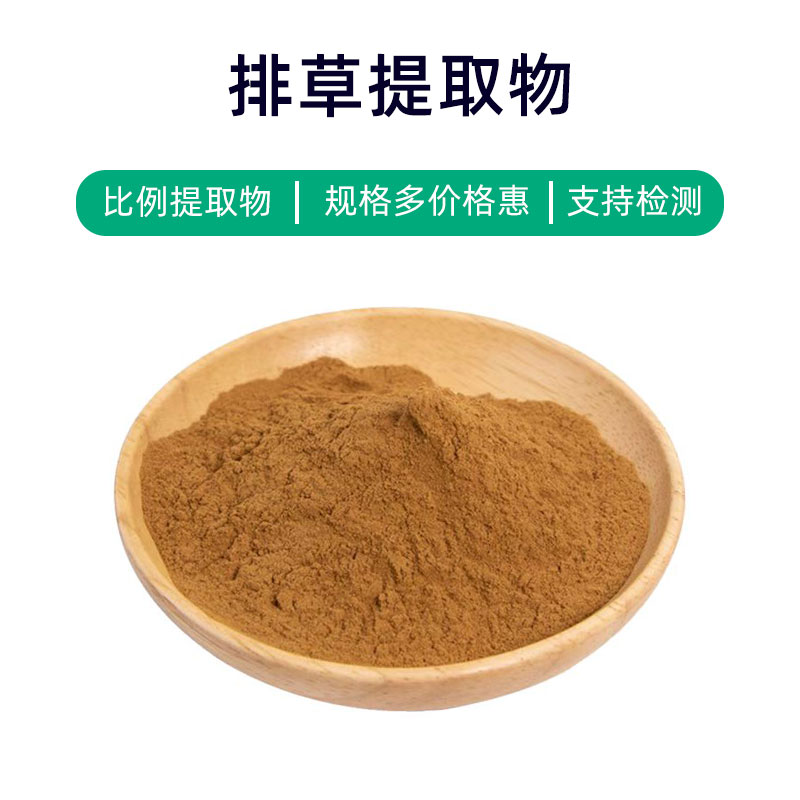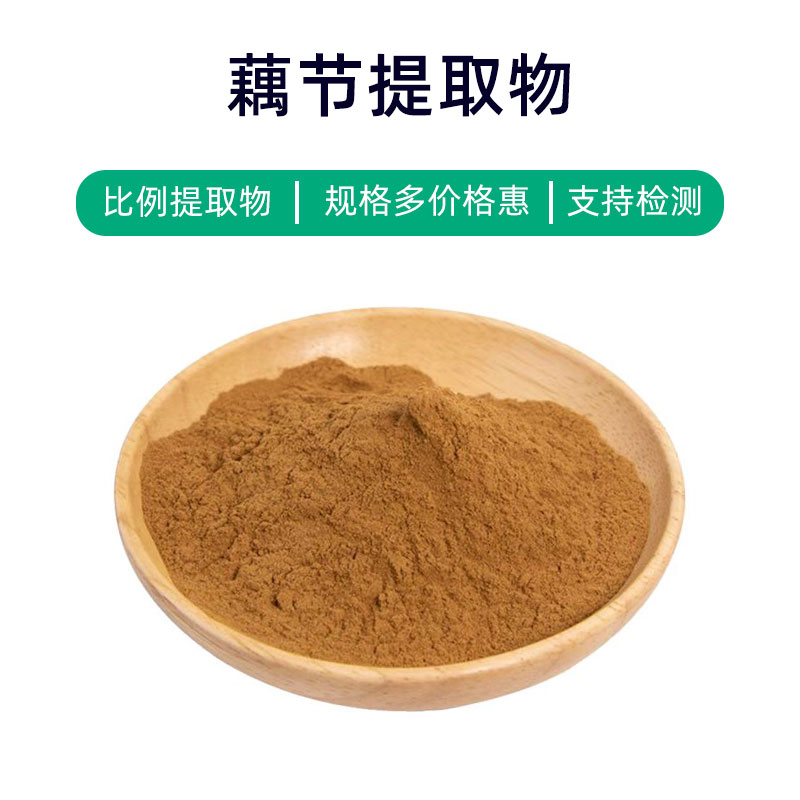False Amaranth Extract Product Overview
False Amaranth Extract is a natural plant extract derived from the False Amaranth (Amaranthus hybridus) plant. Its main components include a wealth of bioactive compounds, such as polyphenols, flavonoids, and alkaloids, which confer various effects and wide-ranging applications.
False Amaranth Extract possesses multiple benefits, including antioxidant, anti-inflammatory, and moisturizing properties. Its rich polyphenols and flavonoids help neutralize free radicals, reducing oxidative stress on the skin and providing antioxidant effects. Moreover, this extract has anti-inflammatory properties that can alleviate skin inflammation and discomfort, as well as excellent moisturizing effects that help combat dry skin, keeping it hydrated and soft.
In the fields of pharmaceuticals, health supplements, and cosmetics, False Amaranth Extract is widely utilized. In pharmaceuticals, it is often found in skin care products and therapeutic drugs aimed at improving skin health and alleviating inflammation. In health supplements, it is typically made into oral supplements to enhance the body's antioxidant capabilities and improve immune function. In cosmetics, it is commonly included in skincare products to provide anti-aging, moisturizing, and soothing effects.
Overall, as a natural plant extract, False Amaranth Extract offers multiple benefits and is applicable in various fields, providing safe and effective options for skin care and health maintenance.
False Amaranth Extract Production Process
The production process of False Amaranth Extract typically includes the following steps:
- Raw Material Collection and Selection: Fresh False Amaranth plants are chosen as extraction materials to ensure quality and nutritional content.
- Initial Processing: Collected False Amaranth plants undergo cleaning, impurity removal, and cutting to better release active ingredients.
- Extraction Process: Appropriate extraction methods, such as water extraction, ethanol extraction, or supercritical fluid extraction, are employed to extract active components from the False Amaranth. Different extraction methods can affect the variety and concentration of active ingredients in the extract.
- Concentration and Filtration: The resulting liquid extract is concentrated to remove excess solvent, and filtering is done to eliminate suspended substances and impurities, yielding a purer extract.
- Drying and Grinding: The concentrated extract is dried using methods such as spray drying, vacuum drying, or freeze-drying to produce a powdered form, followed by grinding to achieve uniform particle size.
- Quality Control: Throughout the production process, strict quality control is conducted, including testing and analysis of raw materials, intermediate products, and final products to ensure quality and safety.
- Packaging and Storage: The extract is placed in sealed containers to avoid exposure to light and air, preventing loss and oxidation of active components, followed by labeling and sealing. The final product should be stored in a dry, cool, light-protected environment, avoiding high temperatures and humidity.
- Production Records and Traceability: Records are maintained for every step in the production process to ensure traceability, allowing for appropriate responses to potential quality issues and complaints.
In summary, the production process of False Amaranth Extract involves multiple steps, including raw material collection, initial processing, extraction, concentration, drying, quality control, packaging, and storage, to ensure the quality and safety of the final product.
Benefits and Side Effects of False Amaranth Extract
False Amaranth Extract, as a natural plant extract, has demonstrated certain medicinal values and health benefits in traditional medicine and modern pharmacology. Here are its primary effects and functions:
- Antioxidant Effect: False Amaranth Extract contains various natural antioxidants, such as polyphenols and vitamins, capable of neutralizing free radicals, inhibiting oxidation reactions, protecting cells from oxidative damage, and slowing down the aging process.
- Anti-Inflammatory Effect: Studies indicate that False Amaranth Extract has certain anti-inflammatory activities, which can reduce inflammatory responses and alleviate pain, providing auxiliary treatment for inflammatory diseases like rheumatoid arthritis.
- Immune Modulation: The active components in False Amaranth Extract can modulate immune function, enhance the body’s resistance, and increase immune cell activity, aiding in cold prevention and boosting overall immunity.
- Blood Sugar Reduction: Some research shows that False Amaranth Extract can lower blood sugar levels, providing a certain hypoglycemic effect and helping to control blood sugar levels for diabetes patients.
- Antibacterial Effect: The active components in False Amaranth Extract exhibit inhibitory effects against various bacteria and fungi, useful in treating skin and digestive infections.
- Cardiovascular Protection: The polyphenols and vitamins in False Amaranth Extract can lower blood lipids and inhibit platelet aggregation, helping to improve cardiovascular function and prevent cardiovascular diseases.
- Digestive Health Improvement: High in dietary fiber and other digestive enzymes, False Amaranth Extract can promote intestinal motility, improve digestion and absorption, and alleviate constipation and digestive discomfort.
Despite the many benefits of False Amaranth Extract, it is essential to be mindful of individual differences and the principle of moderation. Excessive use may lead to side effects such as digestive discomfort or allergic reactions. Consulting a doctor or healthcare professional before use is advisable, particularly for pregnant women, nursing mothers, and patients undergoing medication.
Applications and Dosage of False Amaranth Extract
False Amaranth Extract has extensive applications in pharmaceuticals, food, and cosmetics. Here’s a detailed overview of its specific applications and usage in these fields:
- Pharmaceuticals:
- Application: In pharmaceuticals, False Amaranth Extract is commonly used to prepare herbal formulations or health supplements to modulate immune function, lower blood sugar, provide anti-inflammatory and antibacterial effects.
- Dosage: Generally available in herbal preparations, tablets, capsules, or oral liquids. Dosage varies based on specific formulations, typically advised to follow a physician's recommendations or product instructions, generally 1-2 grams per dose, taken 2-3 times daily.
- Food:
- Application: In the food industry, False Amaranth Extract is primarily used as an additive in functional foods to enhance nutritional value and health benefits.
- Dosage: Frequently found in health foods, beverages, and nutritional supplements; dosage usually depends on the product formulation, and it’s recommended to adhere to product instructions or healthcare advice.
- Cosmetics:
- Application: In cosmetics, False Amaranth Extract is often included in skincare products, anti-aging products, and beauty items, offering moisturizing, antioxidant, and anti-inflammatory benefits.
- Dosage: Commonly present in creams, serums, and masks; dosage typically varies based on product formulation and it is advisable to follow product instructions or beauty expert recommendations.
In conclusion, as a natural plant extract, False Amaranth Extract holds vast potential across various fields. When using, it is vital to select products from reputable sources, adhere to product instructions or healthcare advice, and avoid excessive use to prevent adverse reactions. Individual responses may vary significantly, and caution is needed for those with allergies. Any adverse effects should prompt immediate cessation of use and consultation with a doctor.
Overview of the Source Plant of False Amaranth Extract: Distribution and Growth Environment
False Amaranth (scientific name: Gomphrena sonorae) is a perennial herbaceous plant belonging to the Amaranthaceae family. Here’s a detailed description of the source plant, its distribution, and growth environment:
- Plant Description:
- False Amaranth is a low-growing perennial herb, typically ranging from 20 to 50 centimeters in height. The stems are creeping or erect with multiple branches. The leaves are lanceolate or oval in shape, featuring green surfaces and lighter undersides.
- Its inflorescence is a compound head, where flowers are arranged in spherical or oval shapes, with flower colors including purple, pink, or white.
- Distribution:
- False Amaranth is mainly found in arid regions of North America, Central America, and South America, including the United States, Mexico, Venezuela, and Colombia. In the U.S., it is predominantly found in Texas, Arizona, and New Mexico.
- Growth Environment:
- False Amaranth thrives in dry deserts, arid lands, grasslands, and sandy areas, typically favoring sunny and well-drained conditions. It has strong adaptability to soil quality and can grow in poor soils, even surviving in saline-alkali regions.
- Adaptability:
- Its ability to withstand drought and high temperatures allows False Amaranth to be widely distributed in desert or semi-arid areas, making it an important vegetation type in these regions. Its drought and salt tolerance make it a significant member of local ecosystems.
- Reproduction:
- False Amaranth primarily reproduces through seeds, which are widely dispersed and exhibit strong adaptability for survival and propagation in harsh environments. Under suitable growth conditions, its seeds can sprout quickly and develop into plants.
In summary, False Amaranth is a resilient plant capable of surviving and thriving in harsh habitats, including arid, high-temperature, and infertile environments, making it significant vegetation in desert and arid areas.
Processing and Storage of False Amaranth Extract
The processing of False Amaranth Extract typically includes the following steps: First, the plant materials are collected and cleaned, followed by the preparation of the extract using common extraction methods such as water extraction or ethanol extraction. Subsequently, processes like filtration, concentration, and drying are performed. For storage, the extract is generally recommended to be kept in a cool, dry place, avoiding direct sunlight and high temperatures. It should be sealed to prevent moisture infiltration and kept away from harmful substances and odors. Proper storage methods can extend the shelf life of the extract and maintain the stability of its active components.
Monica Sun is a seasoned expert in the plant extraction industry with over a decade of experience in research and production. She specializes in the extraction and purification of plant active ingredients, focusing on driving innovation in natural product applications. Monica has participated in the development of multiple functional plant extracts, delivering high-value natural raw material solutions for the health food, pharmaceutical, and dietary supplement sectors.









